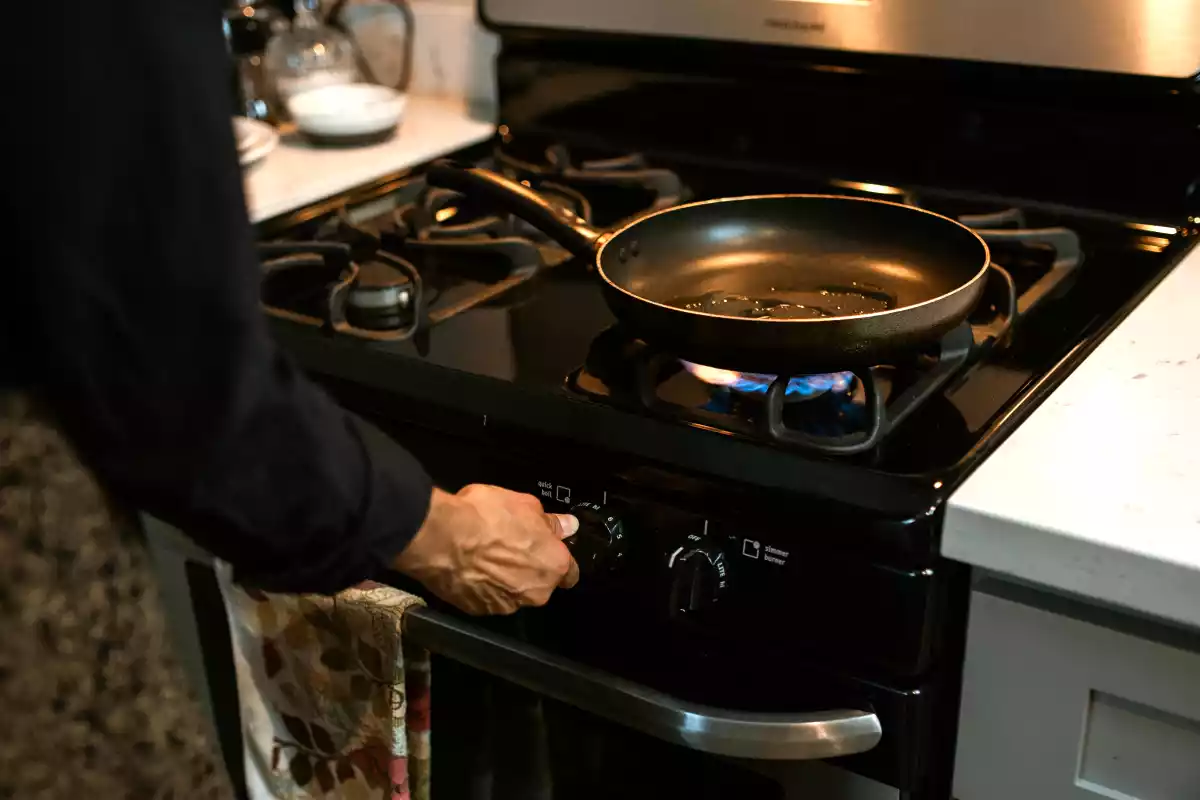Stove that's too worn out: signs you shouldn't ignore to protect your health

In the vast arsenal of kitchen utensils, the frying pan occupies a place of choice. Whether for browning vegetables, searing a piece of meat or concocting a delicious omelette, the frying pan is often one of the most frequently used tools in the kitchen.
However, like all kitchen equipment, it doesn't last forever. Knowing when it's time to say goodbye to your trusty frying pan can not only improve your cooking, but also guarantee your safety. So, when should you change your frying pan in the kitchen?
1. Visible wear
One of the most obvious signs that it's time to replace your stove is visible wear and tear. If you notice deep scratches, dents, warping or stubborn stains that won't come out despite careful cleaning, it's likely that your stove is at the end of its life. These imperfections can not only affect cooking quality, but can also cause unwanted substances to leak into your food.
On a microscopic scale, researchers estimate that a damaged coating releases 2.3 million microplastics and nanoplastics. These harmful particles can contaminate your food and expose you to chemicals that are hazardous to your health.
2. Damaged coating
Many modern frying pans feature a non-stick coating that makes cooking and cleaning easier. However, this coating can wear off over time, especially if you use metal utensils or clean the pan abrasively.
If you notice any signs of flaking or peeling of the coating, it's time to think about a new pan. Cooking with a damaged coating can lead to uneven cooking and health risks, as particles from the coating could contaminate your dishes.
3. Loss of efficiency
Over time, a pan can lose its heating efficiency. If you notice that your food is taking longer to cook than before, even at high cooking temperatures, this could indicate that your pan is no longer distributing heat evenly.
4. Persistent odours
Finally, if despite careful cleaning, your pan continues to give off unpleasant or unusual odors during cooking, this may be a sign that food residues have permeated the pores of the cooking surface. Although these odors may seem harmless, they can affect the taste of your dishes.


Comments